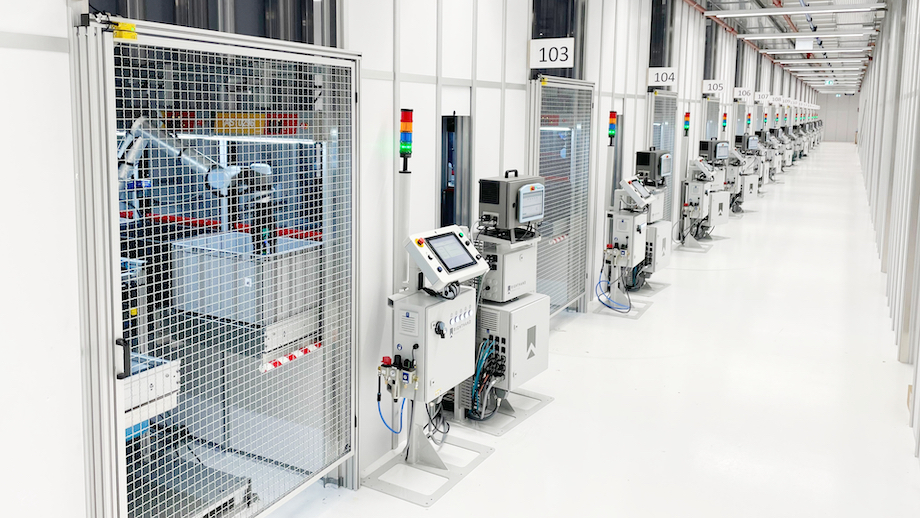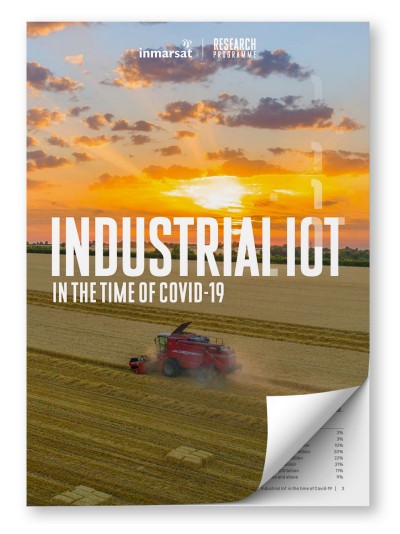The rise of e-commerce is underway and impacting our high streets, even before the rise of Covid-19. Due to the pandemic, the shift from physical shops towards online spending has accelerated by an average of five years. In 2020, 87% of UK households made purchases online and recent statistics show that 70% now prefer it. Now, e-commerce is booming, and it is a trend that is here to stay, with online retail spending in the UK expected to reach £75bn by 2024.
So, what does this transition towards digital spending mean logistically for businesses? The race is now on for retailers and third-party logistics (3PL) providers to secure more warehouse space and capture a share in this growing market. As it stands, warehouse space has already increase by 73% since Covid-19 restrictions began in March 2019. In addition to this, Brexit also played a role in companies bringing their supply chains closer to home. It’s predicted that, by 2024, the impact of growing e-commerce sales in the UK could require an additional 92 million sq ft of warehouse space.
Businesses need also address speed and accuracy, with the average consumer expecting rapid deliveries of products that are both made to order and easily returned. Therefore, the pressure is on for businesses to operate as efficiently and effectively as possible to service a growing marketplace with increasingly high expectations – and all with fewer errors and at a lower cost to serve.
This is where technology is set to play a major supporting role, bringing fundamental changes to the ways in which warehouses operate. So, what exactly does the future hold for warehousing? Here, with some insights from the commercial LPG division at Flogas, we explore how technology and energy efficiency will be the driving force behind a successful, smarter, and more sustainable future.
The Internet of things (IoT)
The IoT broadly refers to the connection of devices and sharing data via the internet. In the world of warehousing, this has become an increasingly important driver in boosting automation. Thanks to the IoT, modern warehouses can be more connected, coordinated, and seamless in their operations, helping them manage escalating demand and run more efficiently.
IoT sensors give an object digital intelligence. This enables devices to communicate with other online systems in real-time and share vital data with warehouse workers. Businesses can use the IoT to connect their equipment, robots, drones, and pallets, while monitoring their inventory and even supervising employees remotely. The IoT is particularly useful for a real-time view of inventory and capacity. Businesses can spot gaps when they appear and make best use of available space. Meanwhile, customers can receive full transparency on package tracking.
Warehouse Management Systems (WMS)
A fully optimised WMS can enhance a business’s productivity, boost efficiency, and lower costs by digitising its processes. It also helps avoid common mistakes like slow shipments, poor inventory management, or incorrect product details – all of which can be costly and lead to unhappy customers.
This software assists with an extensive range of key day-to-day operations. These activities might include inventory management, stock replenishment, order picking, labour management, and shipping. Ultimately, it gives an insightful and holistic overview of operations. As a result, informed decisions can be made. For example, an accurate, real-time view of inventory means companies can effectively gauge stock needs and avoid back orders. A WMS can even be used to boost productivity amongst workers, matching them to specific jobs at the right time, and guiding them around the warehouse in the most efficient manner.
Automation
Automation has become a key part of boosting warehouse operations. This can enhance efficiency, speed, accuracy, and safety. Over the coming years, all warehouse operation is expected to have some level of automation. In fact, automation is already a significant market, representing over $10bn in annual global spending.
There are lots of exciting emerging technologies on the horizon, and it appears that the more established, proven technologies will have the biggest initial uptake. Recent industry research reveals that 65% of warehousing operations are expected to invest in conveyors and sortation systems over the next 3 years. 56% will adopt shuttle systems, which allow warehouses to increase throughput and storage density. Even well-established technology – such as stacker cranes and traditional automated guided vehicles (AGVs) – are expected to see relatively high levels of automation adoption.
A way to help transport bulk goods quickly and safely, forklift trucks (FLTs) are a popular form of automation in warehouses. Modern FLTs are fast to fuel, as they do run on liquid gas rather than batteries. Therefore, warehouses with their own centralised supply tank can benefit from automatic top-up technology. This means they always have the power they need, increasing productivity and reducing downtime.
Robots
As we look to the future, robots are expected to take centre stage. In warehouses, robots can help operations become more efficient and productive whilst reducing errors and improving safety. It’s estimated that there’ll be around 50,000 robotic warehouses by 2025 with over 4 million robot installations. Robots are already used for a whole host of warehouse functions, from picking and packing, to sorting, batching, transporting, inspection, and security. Many large corporations are investing in these emerging technologies. As of 2021, Amazon has around 350,000 mobile drive units.
Mobile robots have been trending over the past couple of years. Among their many talents, they are particularly helpful for moving goods from warehouse shelves to fulfilment zones. They can also be programmed to perform duties traditionally carried out by conveyors, manual forklifts, carts, and towing machines. Drones are also becoming increasingly important. They are affordable, easily able to reach any part of a warehouse, useful for inventory management (working in tandem with barcode technology), and able to support workers with shipping and delivery.
Energy efficiency
Warehouses often have high energy requirements, from heating to cooling and lighting. According to the Orlando Utilities Commission, energy costs typically account for 15% of a warehouse’s operating budget. Therefore, businesses are keen for warehouses to become more energy efficient. As well as reducing costs, this will minimise their impact on the environment and reduce emissions.
Renewable energy is set to play a major role in helping warehouses become more sustainable. With large roof areas available, they are already perfectly set up to harness energy from the sun with solar panels.
Renewable green gas will also be a key part of the future sustainable energy mix. Warehouses will be able to use renewable energy for heating or even to power their forklift truck fleet. Once it’s widely available, warehouses already running on commercial LPG will be able to switch to renewable green gas and become carbon neutral without changing any of their equipment.
Lighting is another big energy consumer for warehouses. Significant savings can be made by upgrading to more efficient LEDs, bringing in more natural light with skylights, and controlling lighting more effectively. For example, a warehouse could have automatic lights-out areas where human workers are absent.
Greener, smarter warehouses
There’s no doubt that warehouses are getting greener, and there are a whole host of other efficiency measures available. Energy management systems; cool roof systems; radiant heaters; high-volume, low-speed (HVLS) fans; green building materials; and measures to reduce, reuse, and recycle materials can all have a major impact. These green initiatives, married with the introduction of digital intelligence, have increased automation. This emergence of new technology means that we can expect a truly smarter, more sustainable, and more productive warehouse in the future.
Overall, the future of warehousing is technological. Warehouses will be digitally intelligent and able to communicate efficiently. For example, warehouse management systems might organise the daily activities of shipments and so on. Modern forklift trucks have evolved to rely on liquid gas, improving productivity in the workplace. Robots operate alongside warehouse workers to optimise labour and companies are investing in renewable energy sources to lead the way in sustainable manufacturing. How will you modernise warehousing?







